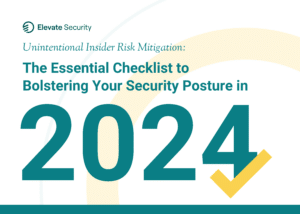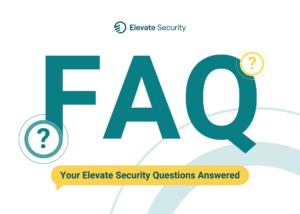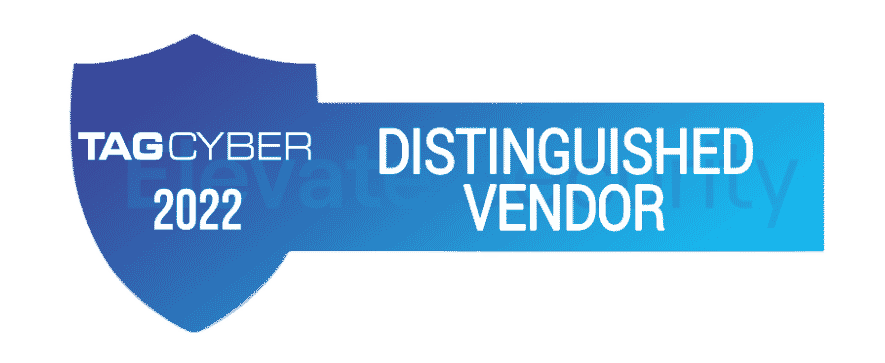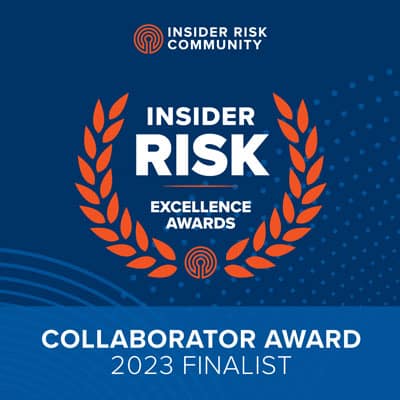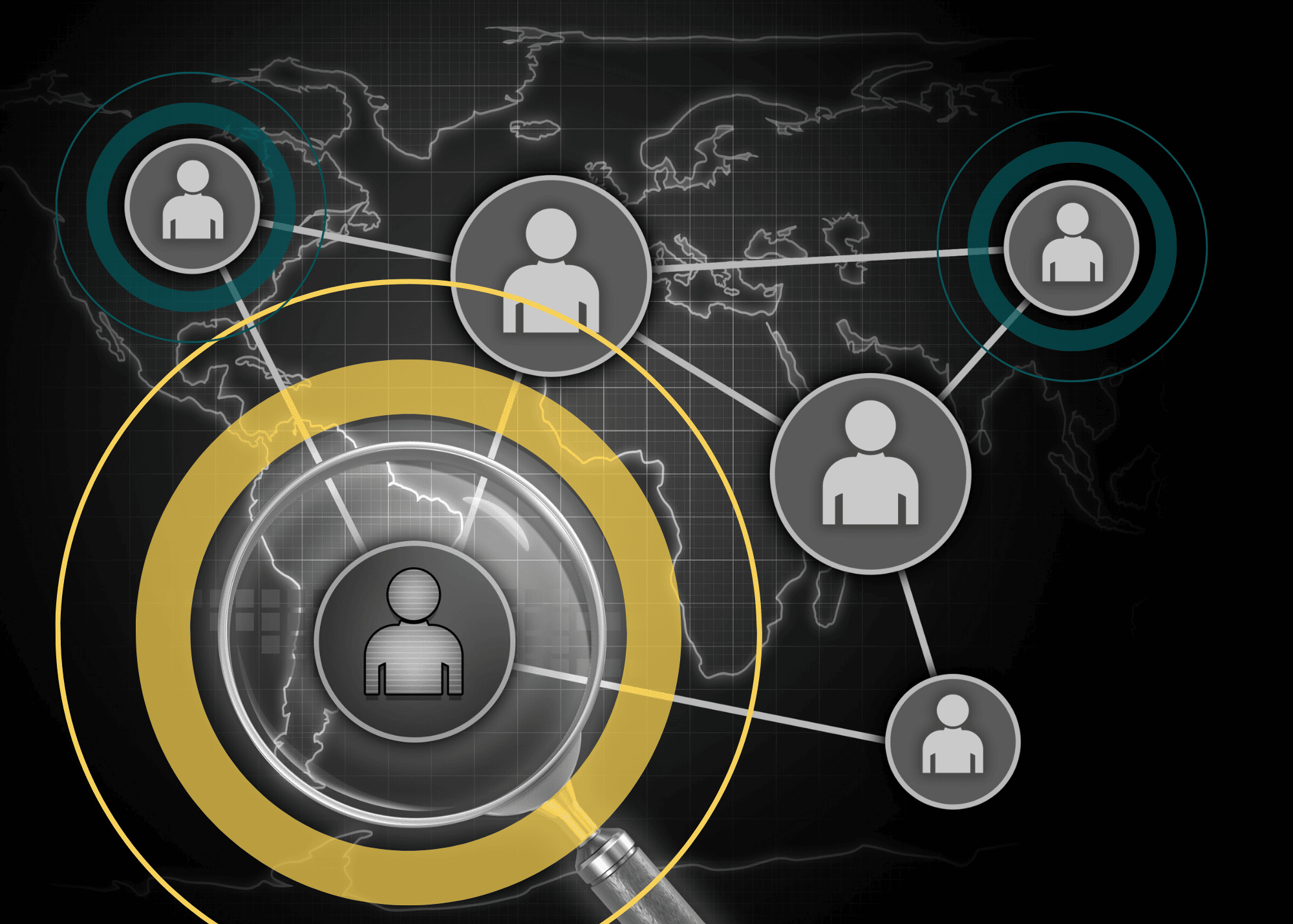
In light of the recent cyberattacks on major corporations, it’s clear that social engineering attacks are on the rise. According to the CS Hub Mid-Year Market Report 2022, 75% of security professionals cite social engineering and phishing attacks as the top threats to their organization’s cybersecurity. And while any workforce user can become a victim of a social engineering attack, Elevate research determines that IT engineers and developers are most at risk:
- Since April 2022, social engineering attacks on IT engineers and developers have increased 142%.
- In the summer of 2022, IT engineers were targeted 8x more often than non-engineers.
Many cybersecurity organizations are offering solutions to this phenomenon. One solution in particular, is multi-factor authentication (MFA). The question is, is MFA strong enough to prevent threat actors from compromising accounts by tricking workforce users? We believe that to truly protect your users, your source code, and your organization overall, an all-encompassing cybersecurity strategy is key. This means in addition to MFA and other cybersecurity measures, you need to consider insider risk management solutions. Here’s why:
MFA Solutions: Are They Enough?
Let’s briefly break down MFA solutions. MFA technology administers a two+ step security process at login. This process is used to verify a user’s identity prior to granting them access to the account. This secure authentication tool can take the form of:
- An SMS or email message containing a code you need to input into the system before signing in
- A push notification sent to your smartphone where you need to click a button to approve the new sign on
- Physical authenticators like fingerprints or facial recognition
Social Engineering & MFA: Example of an Effective Attack
Multi-factor authentication is a great way to take the extra step in identifying and verifying a user. But social engineering attacks can cause friction despite MFA solutions. Consider the following example. Say threat actors target an engineer. Over time, they’ve researched and scanned the engineer’s social media channels (professional and personal) as well as the dark web and found this user’s:
- Workplace email address and password
- Job title and company
- Longevity with the company
Equipped with this knowledge, these hackers execute what is now being called an MFA Fatigue attack. These attacks occur when a hacker runs a script to log into a user’s account with stolen credentials on a repetitive basis (like every 4 seconds). The result? An endless stream of MFA notifications bombarding the user. The threat actors’ goal is to eventually break down and fatigue the user with these MFA alerts, with the hope that the user accidentally accepts the MFA request. And for instances when the user doesn’t ever accept the request, hackers will make contact with the user, impersonating IT support and convincing the user to approve the request.
Once the hacker has access to a company’s systems and source code, the possibilities of what they can do are virtually limitless. This is the tenacity and power of an effective social engineering attack. So what can you do to help fortify your cybersecurity posture against social engineering attacks in addition to MFA? Insider risk management.
Why You Need an Insider Risk Management Solution to Combat Social Engineering
Multi-factor authentication can only protect your users and the business so much. As social engineering tactics grow more sophisticated by the day, organizations need the right tools and technology to better protect its users and systems.
Elevate Security’s Co-Founder and CEO, Robert Fly, recently stated, “Social engineering often relies on single points of failure, but as an industry we need to continue moving towards a stronger, dynamic, more intelligent security control plane where trust is consistently verified and validated and it’s not just a new flavor of NAC tied into VPNs or identity systems.”
Insider risk management is the act of protecting your users, business, and systems against threat actors by identifying the users most likely to fall victim to a social engineering attack based on the user’s:
- Actions: Clicking links, downloading malware, etc.
- Attackability: The likelihood of the user being targeted
The goal of insider risk management is to strengthen your overall security posture from the inside out. This is accomplished by lowering your user’s individual risk profile as well as the risk profile of the organization via:
- Risk scoring to enhance existing tools and strategies like Zero Trust
- Targeted, adaptive controls and policies
- Specific guardrails essential to protecting your most valuable assets from accidental exposure without reducing productivity
According to Cisco, in 86% of organizations, at least one user has clicked on a phishing link. Wouldn’t it be great to know who the one user most likely to fall victim to a social engineering attack is in your organization?
With the right insider risk management strategy and tools, you’ll be able to identify and respond proactively to your organization’s riskiest users, with enhanced visibility and automated playbooks necessary to prevent the next security breach.
To learn more about insider risk management and to discover how you can protect your organization by protecting your users, check out Elevate Security’s comprehensive workforce cyber risk monitoring, management, and mitigation solution.
Final Thoughts
Traditional methods of securing accounts and systems from social engineering may not be the ultimate solution. Or rather, they aren’t the only solution. To adequately protect your organization and workforce users against social engineering attacks, it’s vital to develop a wide-ranging cybersecurity strategy that protects the organization from the inside out. In addition to MFA solutions, perimeter security, and other types of cybersecurity, we recommend focusing on insider risk mitigation and management. Elevate Security can help.
Book a demo to receive a quick assessment of your organization’s insider risk and learn how to leverage our platform to prevent social engineering incidents.



